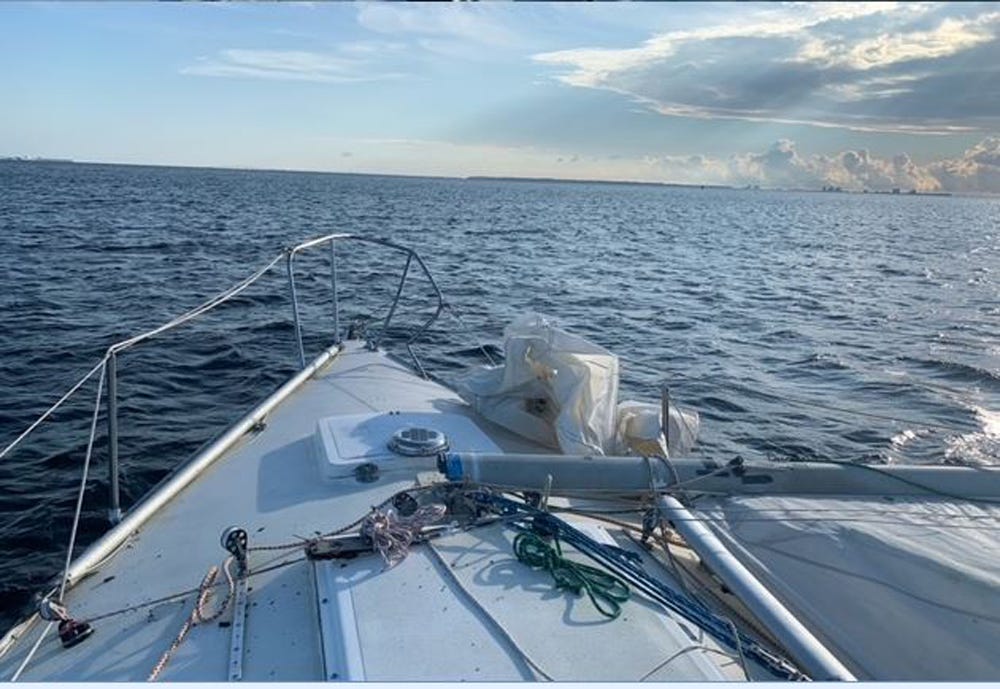Living on the Gulf Coast as we do, boater safety is a topic that we hear about frequently. But unless you have ever experienced a real boating disaster yourself, it is a topic that many take far too lightly.
While most of us are not trained Coast Guard members, there are some pointers that we can pick up from those who are, and from those who are directly involved in boater safety issues.

Retired U.S. Coast Guard Chief Warrant Officer 3 Marty Kenney suggested that boat owners inspect their boats regularly for structural issues.
“Many boat crises take place when something happens to the structure of the boat that goes beyond what is visible to the naked eye,” Kenney said. “For example, if you own a pontoon boat, pull up the carpet and inspect the integrity of the plywood underneath. Or if you own a sailboat, inspect the mast housing and the keel connection. And don’t forget to inspect your motor mounts.”
Will Wilson, who handles boater safety for the Blackwater Pyrates, added another level to the safety topic.
“This is by no means intended as a sexist statement, but ladies, if you are always the passenger on the boat, get behind the helm and get some experience," Wilson said. "You never know when you might have to take the helm, and being able to confidently steer a boat in rough conditions will free up others to handle other issues.”
Few boaters ever leave their docks without a few essential tools on board. Concerning tools, Kenney offered a tip.
“If it’s essential to making a repair to a critical component of your boat, keep two of each tool on board," Kenney said. "Additionally, put a lanyard on those tools, since it is more likely to be needed in rough conditions. You can strap it around your wrist and not worry about that life-saving tool falling overboard in the heat of the crisis.”

Wilson added this reminder to boaters: “You know those life jackets and toss-able seat cushions that you keep under your boat seats, or worse, stored in the V-berth? They aren’t going to do you any good in rough conditions when you’re trying to handle an emergency. They need to be right where you are without having to go dig them out.”
And the No. 1 tip for dealing with boating emergencies? Both Kenney and Wilson agree: “Don’t panic. Calm heads save lives.” Easier said than done, but sage advice nonetheless.
This article originally appeared on Santa Rosa Press Gazette: Think outside the box when it comes to boater safety
